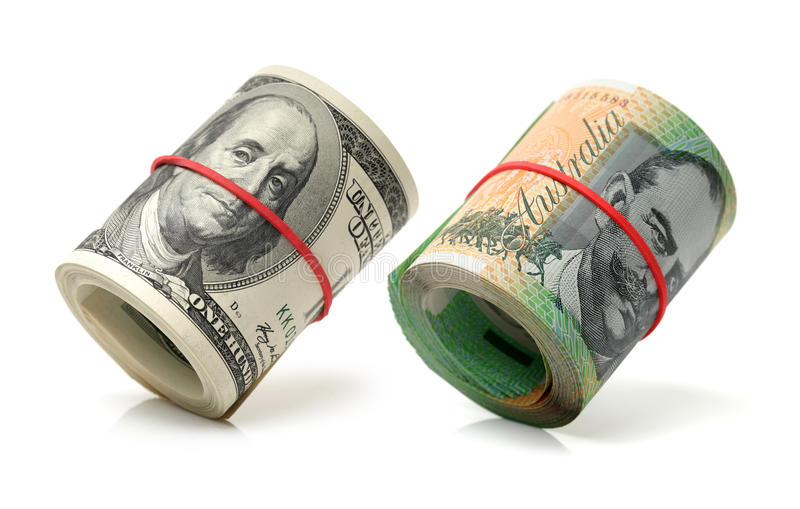Australian dollar gains strength after China’s policy move.
The Australian Dollar (AUD) gains strength following China’s interest rate announcement. As expected, the People’s Bank of China (PBoC) maintained its loan prime rate (LPR) at 3.45%. However, the AUDUSD pair was met with resistance as the US Dollar (USD) struggled to recover from a two-month low set on Friday.
The Reserve Bank of Australia is likely to raise interest rates again in the first half of 2024. Assistant Governor Marion Kohler of the Reserve Bank of Australia (RBA) stated that inflation is expected. to fall, but will not reach the RBA’s 2%-3% objective until the end of 2025. Investors will most likely be paying attention to the RBA Meeting Minutes and RBA Governor Bullock’s remarks on Tuesday.
AUD was under pressure while the US dollar recovered.
The Australian Dollar (AUD) may have gained support after the United States (US) published modest inflation data and weak economic activity, which contributed to the Greenback’s slide. Inflationary pressures and a cooling labor market in the United States caused markets to believe that the Federal Reserve (Fed) had completed its hiking cycle, prompting the US Dollar (USD) to fall over the preceding week.
The US Dollar Index (DXY) appears to be recovering recent losses as US Treasury yields rise. The 10-year Treasury note has a yield of 4.45%.by the deadline. Despite positive US housing data announced on Friday, the US dollar (USD) was under pressure. Building Permits (MoM) increased to 1.487M in October, exceeding the market consensus of 1.450M. Housing Starts (MoM) increased to 1.372M from 1.346M previously.
Susan Collins, President of the Federal Reserve Bank of Boston, voiced optimism on Friday that the Fed can cut inflation without causing major harm to the labor market by being “patient” with further interest rate increases. On Tuesday, the Federal Open Market Committee (FOMC) minutes are likely to provide some insight into the Fed’s perspective on inflationary pressures and monetary policy strategy.
Daily Market Movers: The Australian Dollar rises following China’s interest rate decision.
The seasonally adjusted Employment Change in Australia showed a rise. in October, compared to a market expectation of 20K and 6.7K the prior month.
The Australian unemployment rate was 3.7% in October, as expected, up from 3.6% the previous month.
The Wage Price Index in Australia increased by 1.3%, as expected, compared to the prior estimate of 0.8%. The year-over-year figures indicated a 4.0% growth, which was higher than the expected 3.9%.
Continuing Jobless Claims in the United States increased to 1.865 million from 1.833 million in the prior week, the highest level since 2022.
Initial Jobless Claims in the United States increased to 231K for the week ending November 10, up from 220K predicted, marking the highest level in nearly three months.
The US Consumer Price Index (CPI) for October showed lower readings than in September. The annual rate fell from 3.7% to 3.2%, falling short of the average prediction of 3.3%. The monthly CPI fell from 0.4% to 0.0%.
The US Core CPI grew by 0.2%, below estimates of 0.3%, while the annual rate fell to 4.0% from 4.1% previously.









